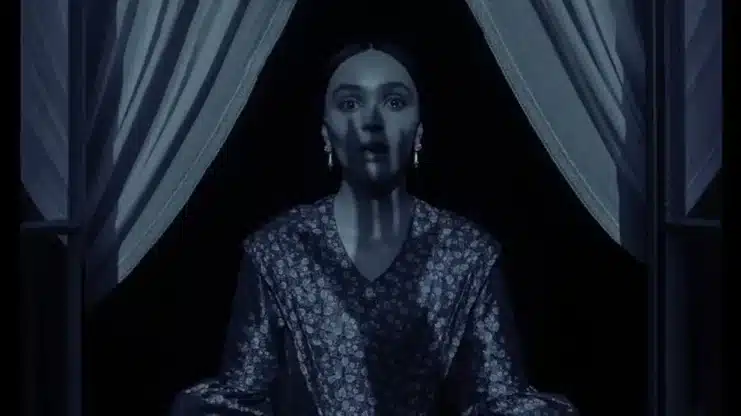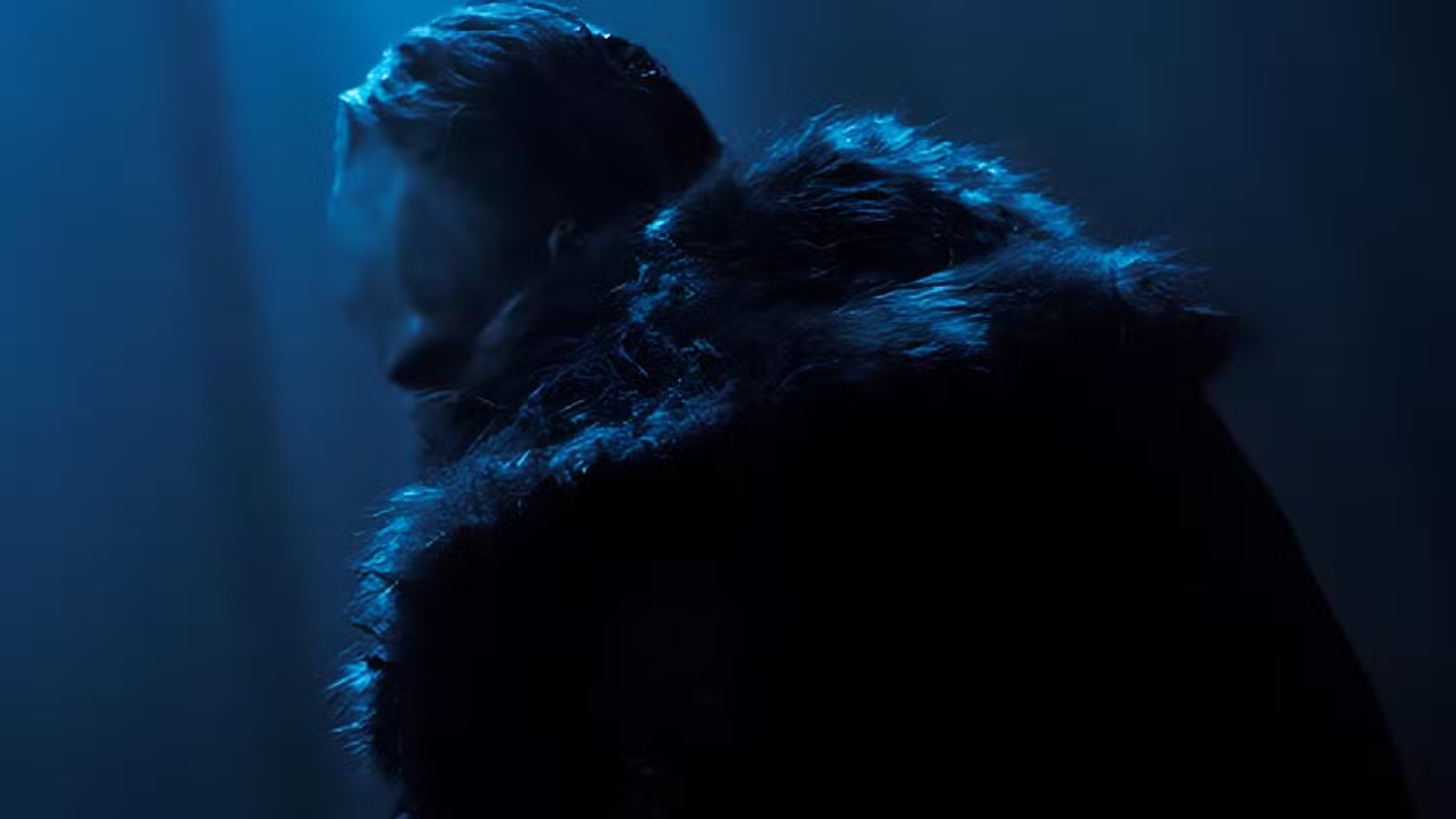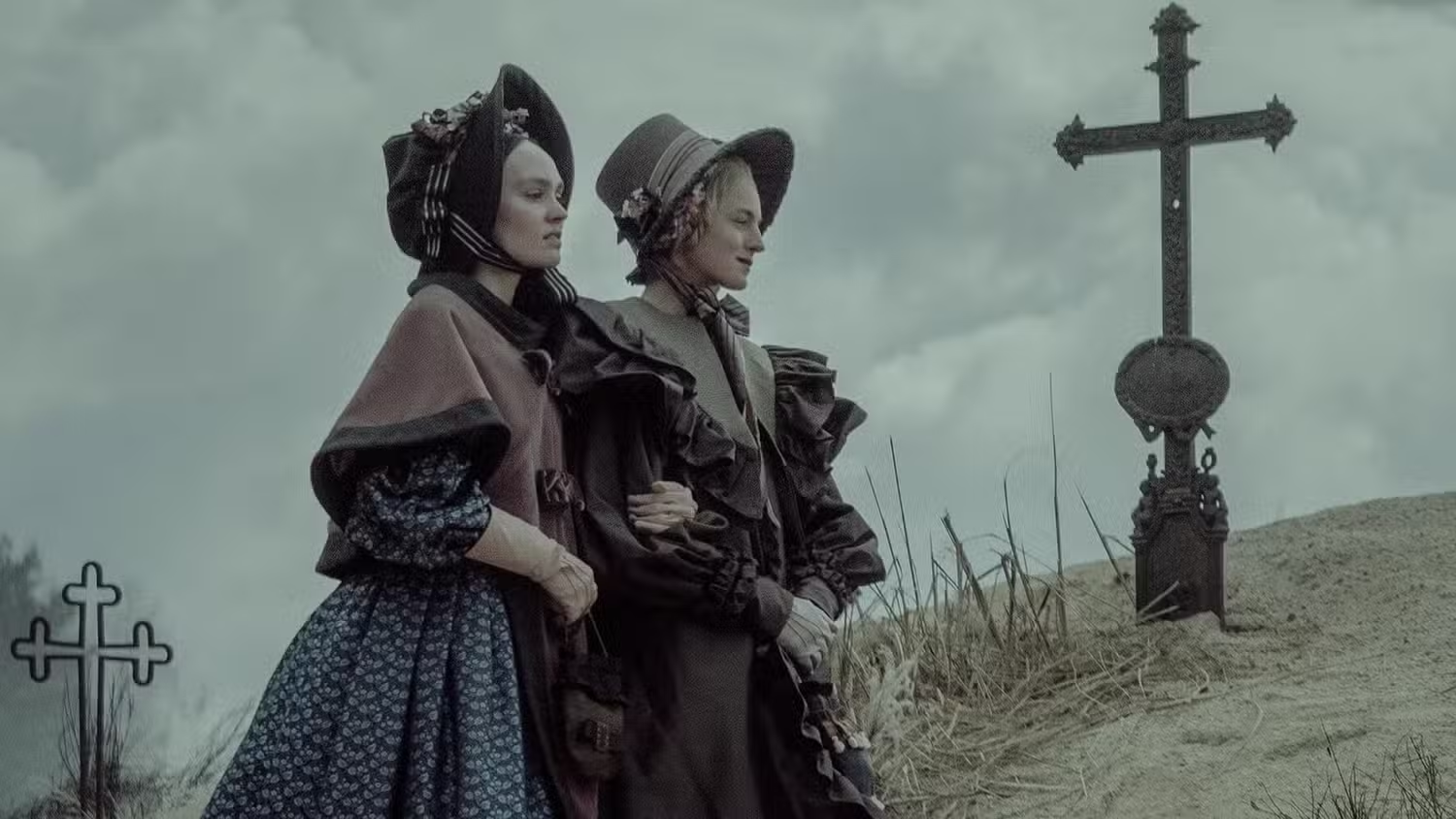
The relationship between Ellen and Count Orlok in Nosferatu goes far beyond simple fear and rejection of the monster.

Who is the real villain of Nosferatu?
From the beginning Nosferatu is not presented as a conventional villain. Although it is the cause of death and despair, its goal is not chaos or destruction. Count Orlok’s only wish is to be with Ellen. His arrival is no accident, nor are his actions mere acts of senseless evil. By summoning Nosferatu, Ellen begins a dangerous game in which her very soul is at risk.
The vampire’s obsession with Ellen becomes clear when she attempts to dissolve her marriage to Thomas, Ellen’s handsome but indifferent husband. However, what is most revealing is this Nosferatu doesn’t try to destroy Thomas. Despite his opportunities to kill him, Thomas survives and returns to Ellen, determined to protect her. This act, which is supposed to strengthen their marital bond, only serves to show what Ellen really wants.
Ellen’s dark desires
As the plot progresses, Ellen seems more like a victim than someone responsible for what happens. His nightmares and visions of death are not simply symbols of horror, but reflections of his repressed desires. Although she fears Count Orlok and what he represents, she is also hopelessly attracted to him. This bond is most evident when Ellen, dressed as a bride, opens the doors to the vampire and accepts him into her life.
The film’s climax, with Ellen surrendering to Nosferatu, is as disturbing as it is moving. After consummating their union, they both face death together, but there is no trace of repentance. Nosferatu exposes himself to the sun, knowing he will perish, only to die alongside Ellen. For her part, she prefers this mortal union to the safe, predictable life that Thomas offers her.
The monster who understands Ellen
The scariest thing Nosferatu It’s not about plagues or death, but about Ellen’s recognition that Count Orlok understands her like no one else. In an era where women were silenced and reduced to secondary roles, Ellen finds herself trapped in a world that doesn’t listen to her. Thomas, her husband, ignores her; his friends underestimate his warnings; and society boxes her into her role as a melancholy wife.

Nosferatu, though monstrous, is the only one who sees beyond that facade. Their connection is neither purely physical nor romantic; It is a union of tormented souls, a mutual reflection of desires and darkness that no one else can accept. This mutual understanding is what leads Ellen to choose him, even if it means her death.
The paradox of love and death
Ellen’s surrender to Nosferatu isn’t just a sacrifice to save others. Her decision to join the vampire, even when it means destroying herself, is an affirmation of her agency and freedom. In a final act of defiance, Ellen proves that she would rather die with Nosferatu than live an empty life with Thomas. It’s a message that resonates loudly: the real terror is not the monster, but the lack of understanding and connection in mundane life.
Eggers’ vision transforms the horror classic into something much deeper. Nosferatu is not just a monster, but a metaphor for death as liberation. And Ellen, far from being a victim, becomes the protagonist of her own story, choosing a fate that many might consider senseless, but which for her represents the only truth.
The legacy of Nosferatu and Ellen
The remake of Nosferatu by Robert Eggers is much more than a horror story. It is an exploration of the limits of desire, sacrifice and human connection. Ultimately, the relationship between Ellen and Nosferatu redefines what we mean by love and dedication. Is Count Orlok a monster or the only one who truly understood Ellen? Is Ellen a selfless heroine or a woman who has finally taken control of her destiny?

These questions are what does it Nosferatu not just a horror film, but a work that will endure as a haunting and beautiful study in human nature.